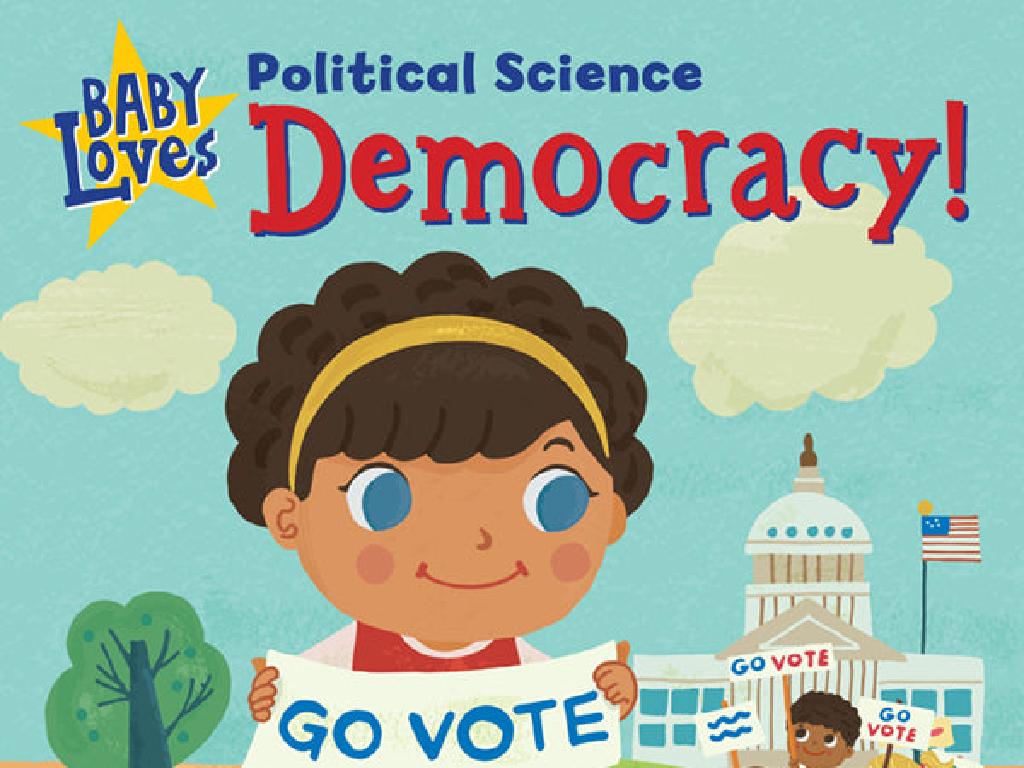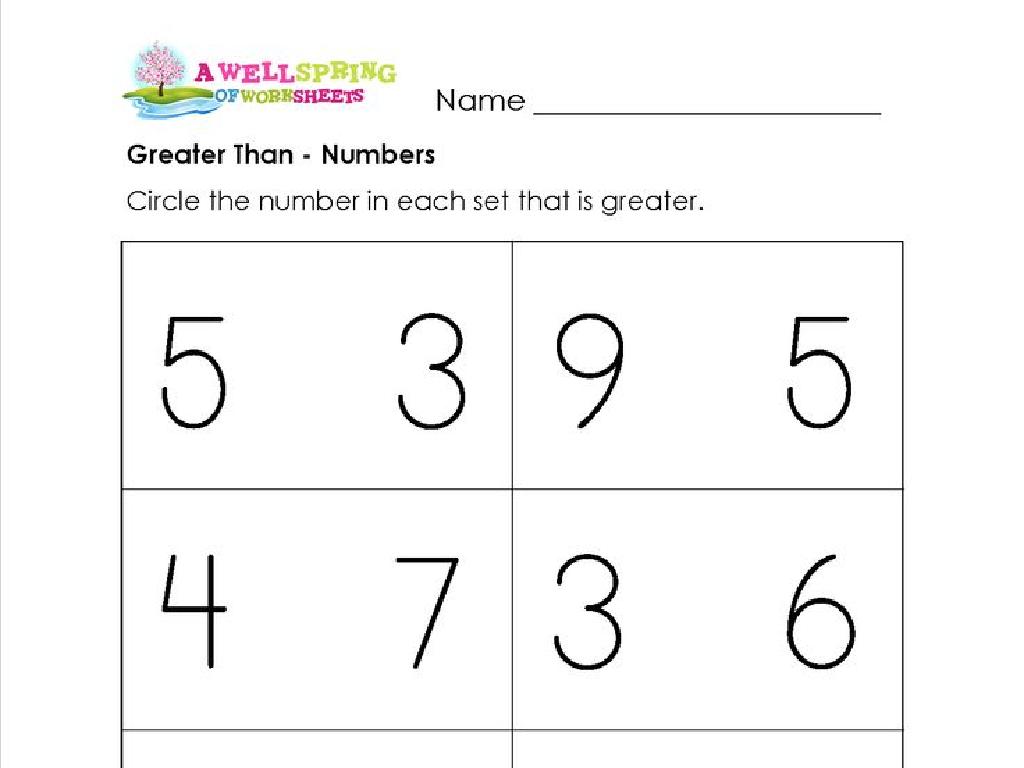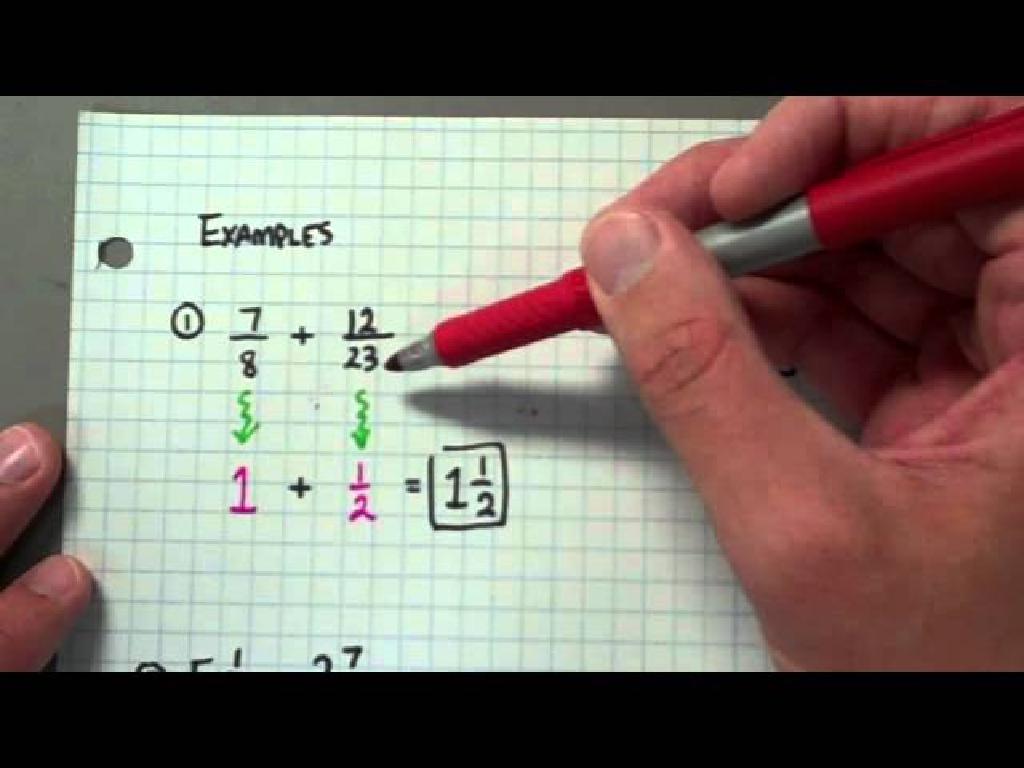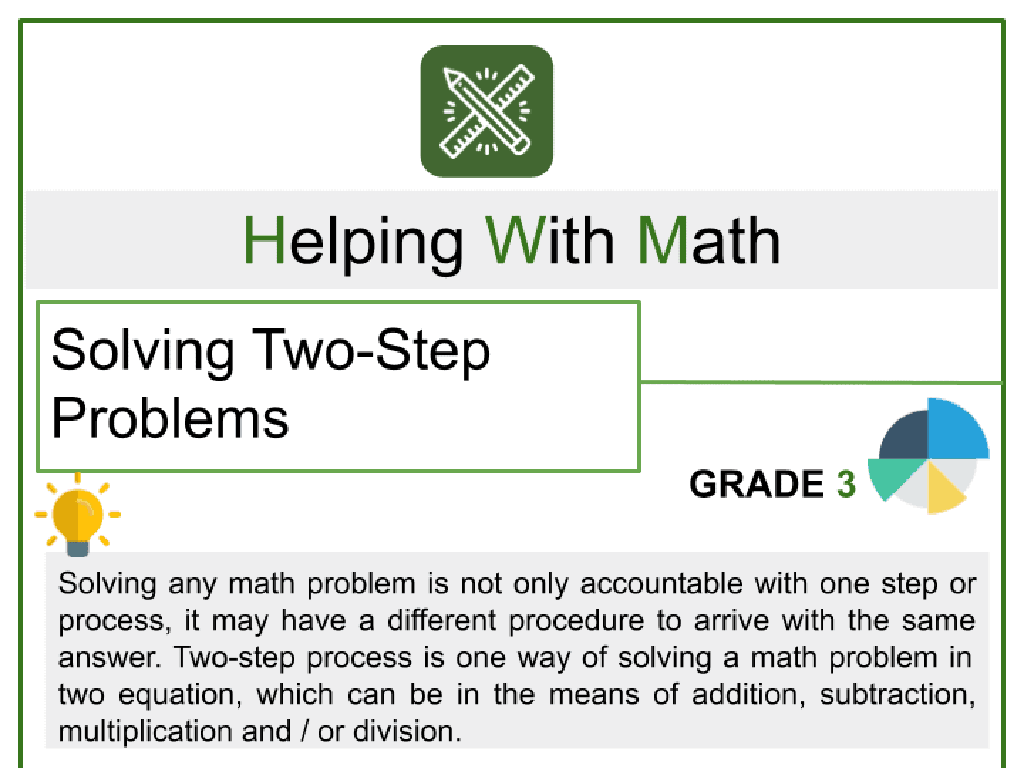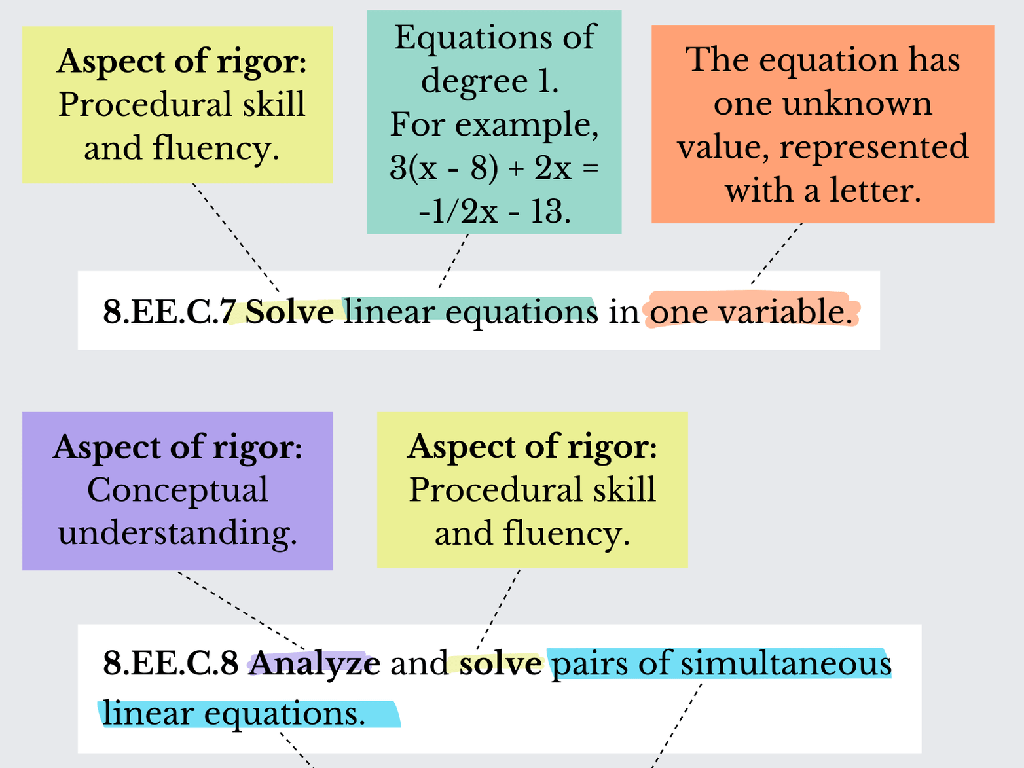Read-Along Literary Texts
Subject: Language arts
Grade: Second grade
Topic: Text Features
Please LOG IN to download the presentation. Access is available to registered users only.
View More Content
Welcome to Text Features!
– Today’s reading adventure
– Parts of a book are key
– Like a map, parts of a book guide us
– Becoming better readers
– They help us understand and enjoy the story more
– What’s a ‘text feature’?
– Text features are parts like titles, headings, and pictures
|
This slide is designed to introduce second-grade students to the concept of text features in a fun and engaging way. Start by creating excitement about the reading adventure they are about to embark on. Explain that just like a map helps us navigate places, understanding the different parts of a book can help us navigate and understand stories better. Encourage students to think about the different parts of the books they’ve read. Ask them to define ‘text feature’ and provide examples if they can. This will help assess their prior knowledge and engage them in the learning process. The goal is to make them aware that text features are tools used by authors to convey information effectively.
Exploring Text Features in Books
– Text features aid comprehension
– They’re like clues to help us!
– Examples: title, headings, images
– The title tells us the main idea; headings break the text into sections; pictures give us a visual understanding.
– Text features in our books
– How they help us understand
– They guide us on what to expect in the text and add to our knowledge.
|
This slide introduces the concept of text features to second-grade students, emphasizing how these elements support their understanding of the text. Text features include visual cues like the title, which gives a hint about the main topic; headings, which organize the text into manageable sections; and images, which provide visual representations of the content. During the presentation, show examples from familiar books and discuss how each feature helps guide the reader. Encourage students to think about how they use these features when they read. For the next class, consider bringing in a variety of books and having students point out and discuss different text features they find.
Exploring Titles and Headings
– Understanding book titles
– The title gives us a sneak peek of the story.
– The role of headings
– Headings guide us through different parts.
– Practice finding titles
– Practice finding headings
|
This slide introduces the concepts of titles and headings as important text features in read-along literary texts. Explain to the students that the title of a book is like a clue to what the entire story is about, often capturing the main theme or subject. Headings are like signposts that help readers navigate through sections or chapters, indicating what they will be reading about next. Use a familiar storybook to demonstrate how to locate the title and headings. Then, have the students practice by picking out the title and headings from a story or book they are currently reading. This activity will help them understand how to anticipate and comprehend the content they are about to read.
Navigating with the Table of Contents
– What is a table of contents?
– Shows parts of the book and page numbers
– It’s a map for books!
– Helps us find chapters easily, like a treasure map
– Demonstrating table of contents use
– Who wants to be a book explorer?
|
This slide introduces the concept of a table of contents to second-grade students, emphasizing its role as a navigational tool in reading. Begin by explaining that a table of contents lists the different parts of the book, such as chapters or sections, along with the page numbers where they can be found. Compare it to a map that helps us find our way when we’re on an adventure, making it easier and quicker to locate information. Encourage participation by inviting a student to come up and demonstrate how to use the table of contents. This interactive approach will help solidify the concept and make the lesson more engaging. Prepare to guide the volunteer through the process of using the table of contents to find a specific chapter or section in a book.
Pictures and Captions in Stories
– Pictures provide story clues
– Captions describe the pictures
– Matching activity with pictures
– We’ll practice matching pictures to the correct captions.
– Captions help us understand more
– Captions can give us facts or explain what’s going on.
|
This slide introduces the concept of pictures and captions in literary texts. Explain to the students that pictures in books are not just for decoration; they serve as important clues to understanding the story better. Captions, which are usually found below the pictures, help by giving a brief explanation of what is depicted. For the class activity, prepare several pictures from different stories along with their captions. Mix them up and ask the students to match each picture with its correct caption. This will help them practice using text features to enhance comprehension. Make sure to have a variety of examples, and consider working in small groups to encourage discussion among students.
Exploring the Glossary and Index
– What is a glossary?
– A glossary is a list of hard words with meanings.
– What is an index?
– An index is a list at the back showing where to find things.
– Using a glossary to understand words
– We’ll look up difficult words and learn what they mean.
– Finding topics with an index
– We’ll learn how to quickly find topics in our book.
|
This slide introduces students to the text features of a glossary and an index in a book. A glossary contains definitions of difficult words found in the text, helping students expand their vocabulary and understand the content better. An index is an organized list of topics and where they can be found within the book, which aids in efficiently locating information. During the class, demonstrate how to use both by selecting a word and a topic and going through the process of finding them in a book. This practical activity will help students become familiar with these tools and understand their importance in navigating and comprehending read-along literary texts.
Read-Along Time: Exploring Text Features
– We’ll read a story together
– I read first, then you take turns
– Spot titles and headings
– Look for the big words at the top of pages
– Identify other text features
– Find pictures, captions, bold words in the story
|
This slide is designed to engage students in a group reading activity that reinforces their understanding of text features. Start by reading a selected story aloud to the class, modeling expressive reading and clear pronunciation. Then, invite students to participate by taking turns to read sections of the text. As the story progresses, pause to discuss and identify various text features such as titles, headings, bold words, pictures, and captions. Encourage students to explain how these features help them understand the story better. This interactive approach not only improves reading skills but also enhances comprehension by actively involving students in the learning process.
Class Activity: Text Feature Hunt
– Begin our text feature hunt
– Find text features in your book
– Look for titles, headings, or bold words
– Mark each feature you find
– Use sticky notes to mark the spots
– Get ready to share with the class
|
This activity is designed to help students recognize and understand the importance of text features in their reading. Text features include titles, headings, bold words, captions, and more. They help readers better understand and navigate the information in a book. Encourage students to use sticky notes or bookmarks to mark where they find these features. After the hunt, have each student share what they found and discuss how these features helped them understand the text better. Possible variations of the activity could include finding specific features, such as only headings or only captions, to focus on one feature at a time.
Celebrating Our Text Feature Hunt
– Congratulations on your hard work!
– Text features enhance comprehension
– Titles, headings, and captions clarify info
– Keep spotting text features
– Look for tables, graphs, and glossaries in books
– Apply this skill to every new book
|
Well done guiding the students through the text feature hunt! This activity helps them understand the importance of text features like titles, headings, captions, tables, graphs, and glossaries in comprehending the material. Encourage them to continue applying these skills to every new book they read, reinforcing the habit of looking for and using text features to enhance their understanding. Remember to praise their efforts and progress in recognizing these features, as positive reinforcement will motivate them to keep practicing.

